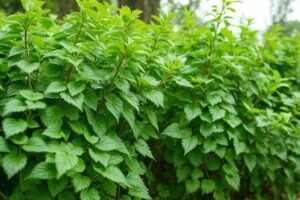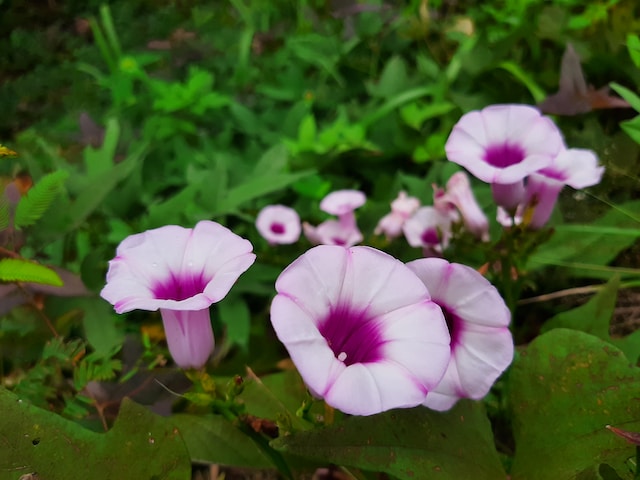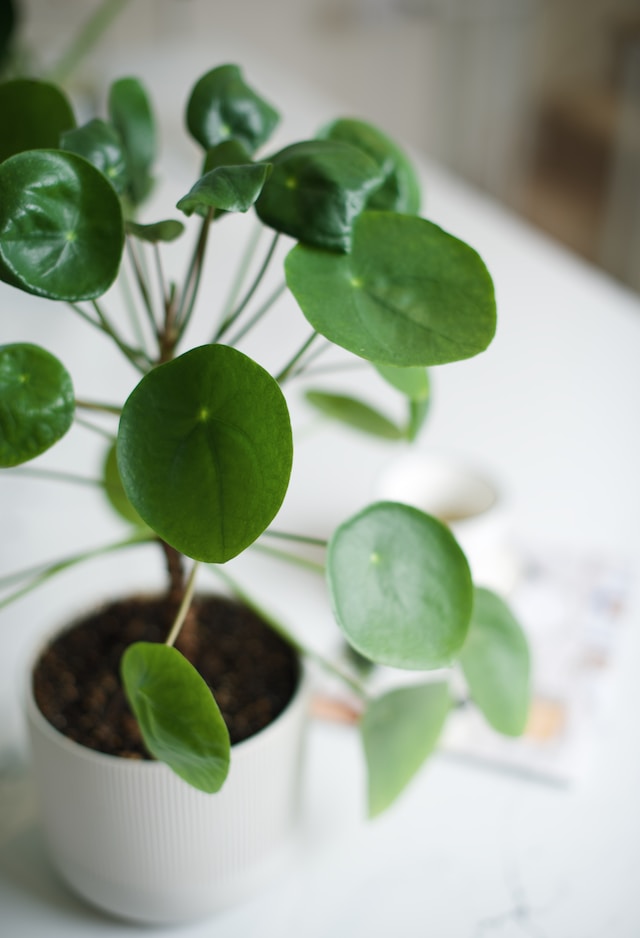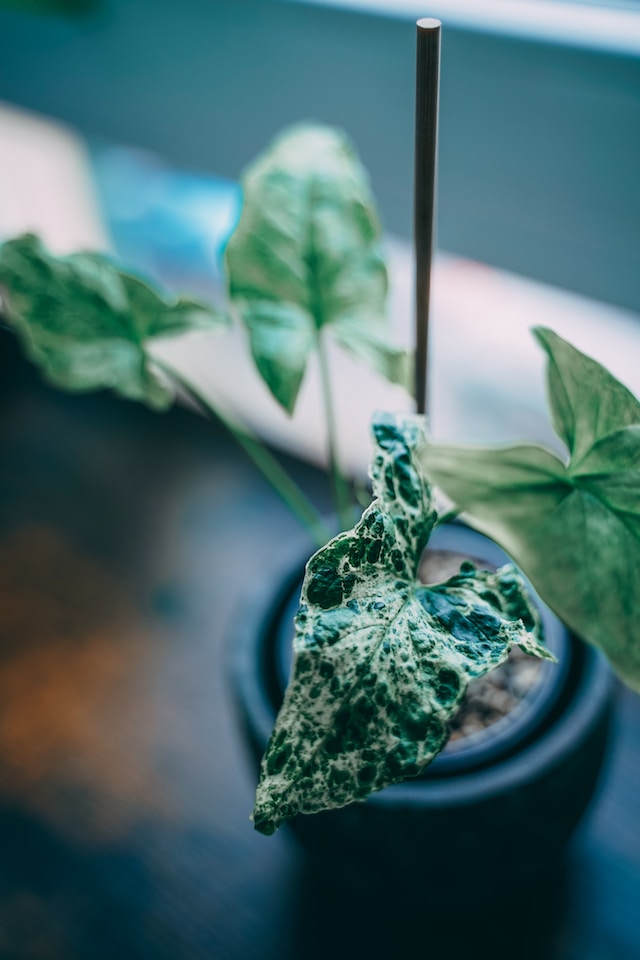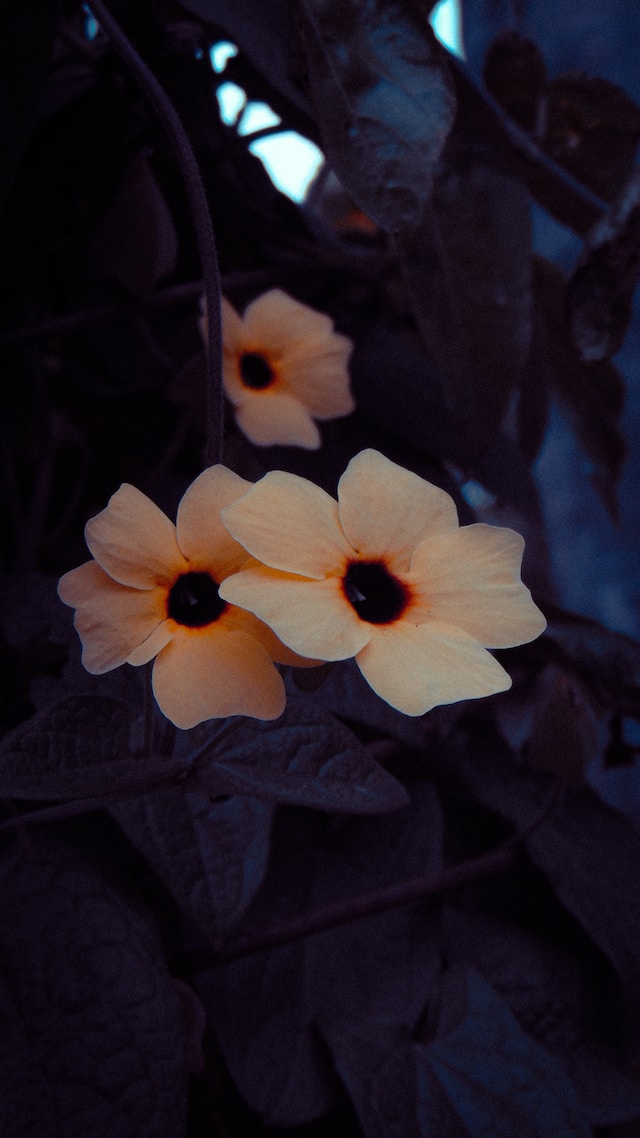Introduction
Ipomoea lobata, also known as moonflower or morning glory, is a highly ornamental flowering vine that produces large flowers with prominent stamens. The flowers are white and yellow with dark purple throats. The stems of the Ipomoea lobata are covered in small hairs, giving them a furry appearance. The leaves are large and heart-shaped with serrated edges that can grow up to 10 inches long. Ipomoea lobata makes an excellent choice for gardens and landscaping projects because it requires little care and can be easily grown from seed or cuttings
Introduction to Ipomoea lobata
Ipomoea lobata is a species of morning glory. It is also known as sweet potato vine, because the tubers of this plant have been used for food since pre-Columbian times.
Ipomoea lobata is native to the tropics and subtropics of the New World, where it grows in mountainsides, rainforests and open fields at elevations up to 2200 m above sea level.
The Flowering Habits of Ipomoea lobata
Ipomoea lobata is a self-pollinating plant, meaning that the flowers are hermaphroditic and can fertilize themselves. They are also fragrant and have a long flowering period. The flowers of Ipomoea lobata are pollinated by insects and wind, as well as other methods of pollination.
The Development and Pollination of Ipomoea lobata Flowers
- Flowers are pollinated by bees, wind and birds
- The flowers of Ipomoea lobata are self-pollinating, but it is also possible for cross-pollination to occur.
Growth Habit of Ipomoea lobata
The Ipomoea lobata is a perennial plant that grows in tropical and subtropical regions. It is an annual herbaceous plant with a height of about 1.2 meters, which means it can grow up to 3 feet high in its native habitat.
The Ipomoea lobata has large leaves that are heart shaped, with rounded tips and serrated edges along their margins (edges). The flowers are usually white or pinkish in color with five petals each measuring about 5 cm long when fully grown out from their buds at the top of long stalks on top of each plant stem just below where its large leaves attach themselves as well as other places throughout its stems/stalks’ length)
Cultivating the Beauty of Ipomoea lobata
Ipomoea lobata is a perennial herb that can grow to be quite large. It is best suited for cultivation in full sun and well-drained soil, with ample water and room for its roots to spread out. This plant will not survive drought conditions or being transplanted frequently, so make sure you have the right spot before planting your seeds or seedlings!
Ipomoea lobata requires little maintenance once established; however, it may need additional watering during periods of drought when it first begins growing each spring (late March through early May). Once established, this plant should thrive without fertilizer or pruning–just make sure you’re giving it enough space so as not to disturb its roots when cultivating nearby crops such as corn or squash!
This plant is not only beautiful but also useful.
Ipomoea lobata is a fast-growing annual legume that produces pinkish-purple flowers and is commonly known as “Morning Glory”. This plant has extensive uses in agriculture, horticulture, and landscaping. Ipomoea lobata can be cultivated for its edible fruits or used as an ornamental plant due to its showy flowers and attractive foliage.
Ipomoea lobata has been found effective in controlling pests such as aphids, whitefly larvae (Bemisia tabaci), thrips (Frankliniella occidentalis), leafhoppers (Empoasca spp.), spider mites (Tetranychus urticae) etc., weeds like crabgrass (Digitaria sanguinalis), broadleaf weed species including horseweed Amaranthus retroflexus L., grasses such as barnyardgrass Echinochloa crusgalli L., Canada thistle Cirsium arvense(L.) Scopoli
Conclusion
Ipomoea lobata is a beautiful and useful plant that can be grown in your garden. The flowers are beautiful and the leaves are edible. You can eat this plant raw or cooked, but it is most commonly eaten as a vegetable in salads or stir fries. Ipomoea lobata has many other uses as well including making tea from its leaves! This article has covered all aspects of growing this plant including how to cultivate its beauty and explore its potential uses.







